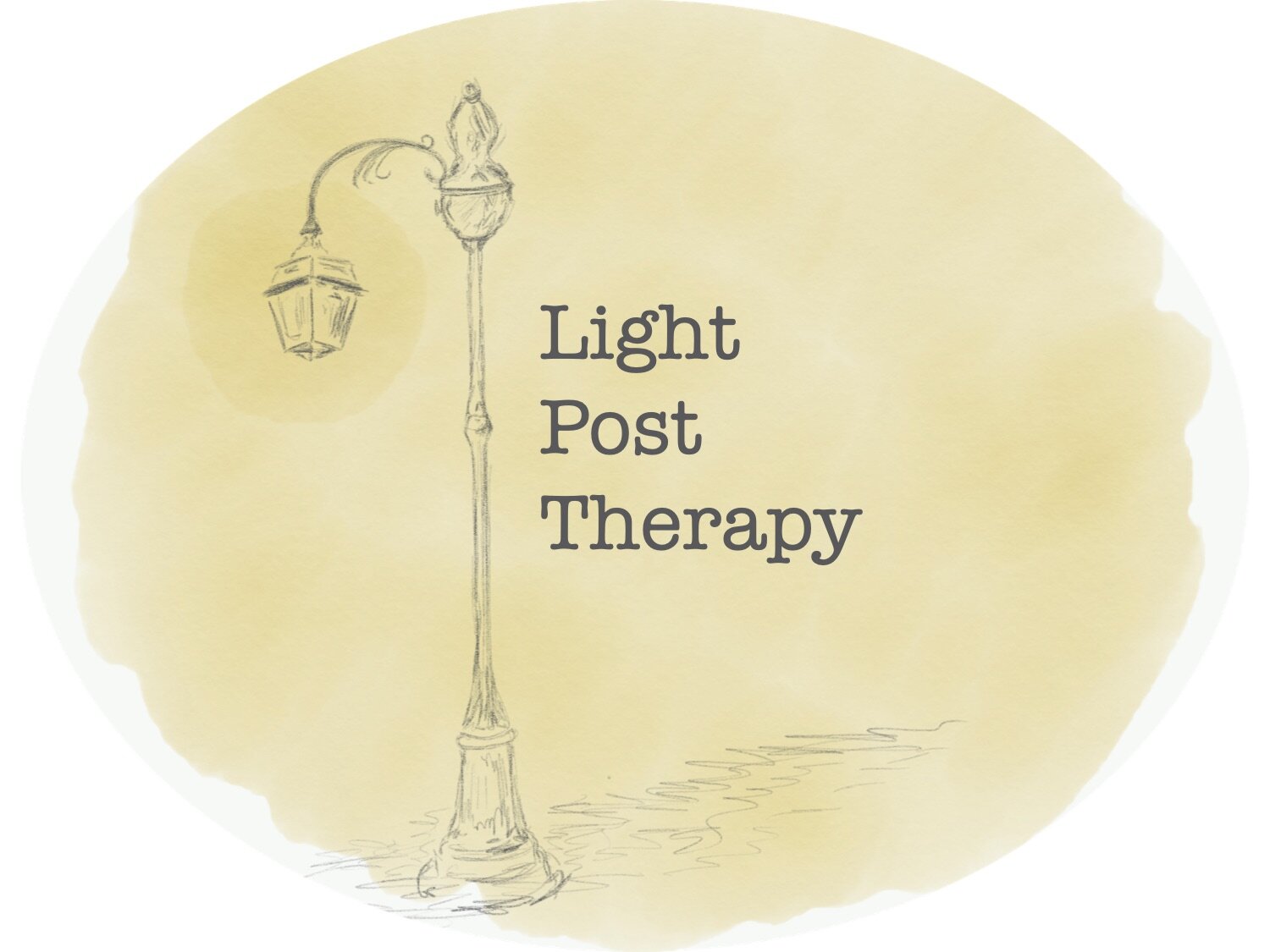Intersectionality and Body Image
Hello! Hi! And all the greetings!
Before getting into the content set out for this edition of Light Post Monthly, I would like to acknowledge that over the last month, non-Indigenous Canadians have been pulled into a reality that has often been ignored. Just like many of the stories of brutality, oppression and marginalization that we have seen in the popular media over the last year, brutality against Indigenous people in Canada is a reality that exists every day, and often goes unacknowledged. The week that I began writing this issue, another act of violence, targeting a Muslim family, caused senseless death and harm in London, Ontario. These acts of violent oppression and genocide cannot go unnamed and ought not be forgotten.
Media headlines will call attention to these atrocities, causing the wider population to look up momentarily with curiosity and open hearts. Eventually, the tag lines fade, our daily lives call to us, and we return to the comfort of our privilege. I am a white, cis-gendered woman who is married to a white, cis-gendered man. I exist in a place where I don’t have to experience violence, fear, and condemnation because of my beliefs, my heritage, my cultural rituals, or my skin colour.
This month, I had planned to discuss Body Security Principles 4 and 5. I waited and waited and waited for my mind to settle into a moment when I thought I could address the principles, but that moment didn’t come. Instead, I would like to talk about Intersectionality, and will save the remaining Body Security Principles for next month.
I know- some of you are thinking, “What is intersectionality and why do I care!?” Please, stick with me- I will break it down. The concept of intersectionality provides a pathway for explaining how our place within our culture, our community, and our time impacts the ways that we see and relate to the world around us. Typically, when I engage in discussions about intersectionality, I’m talking about the intersections of identity that exists within an individual, and how these pieces fit into a larger context. For me, being a woman and being in a larger body are two of the major pieces of my identity that have intersected to shape my experiences, thoughts, beliefs and interactions with the world.
Over the last month, as I thought about our culture of violence toward non-white people in Canada, I also thought about how body image, self-esteem and self-worth intersects with non-white identities (I’m not grouping all non-white identities together here, moreover, I am saying that I am white, and so my understanding is limited to the experience of a white person, not that all non-white experiences are the same). As far as I understand, conventional beauty standards are based in white, hetero-normative qualities, meaning that body-type, facial features, stature, fashion and beauty come from the idealized white body. If this is the case, which I believe it to be, then non-white people experience deeper sense of being othered because they cannot attain the look. In addition, gender identity further complicates this type of stigma because bone structure and body type are some of what is typically assessed to determine “beauty”. Broadly speaking, cis-gendered, white people, who are conventionally attractive get to experience less roadblocks, less hardships, and less discrimination. A non-white person, who already experiences hardship because of their race or ethnicity, will likely experience more oppression, judgement and discrimination when they are in larger bodies, or have features that fall outside of conventional beauty standards. This is so much to carry around.
It’s mind boggling to think about the number of people who spend their lives trapped inside the message, “you are not good enough”, because their skin isn’t white, they are fat, their hair is different, their eyes are different, or their jaw looks a certain way, or or or or…you know? Here’s something that I want you to know: BEAUTY STANDARDS ARE BULLSHIT. YOUR BODY DOES NOT DETERMINE YOUR WORTH. When it comes to the field of body image, self-esteem and self-worth, it’s important to keep in mind the intersection between fatphobia and racism in our culture. Christy Harrison writes about this intersection in her book, Anti-Diet, which I highly recommend reading (2019).
We must hold ourselves accountable for making thoughtful and conscientious change.
I don’t have a clear idea of what my message is in this edition of Light Post Monthly. Perhaps I want to call attention to these intersections so that when we look around us, we have a better understanding of the oppressive forces that exist, so that we can act with compassion and lift a gentle hand to help our neighbours. I also want to highlight that while most of the time, I talk about fatphobia, there are other oppressive forces that work in combination with fatphobic rhetoric, and they all need to be addressed. We have a responsibility to hold ourselves accountable for changing how the system works (…or doesn’t work).
Please join me next month where I will discuss Body Security Principles 4 and 5. In addition, look out for an upcoming webinar where I will be breaking down the concept of Body Security and answering your questions about Body Security, Body Image and Self-Worth.

